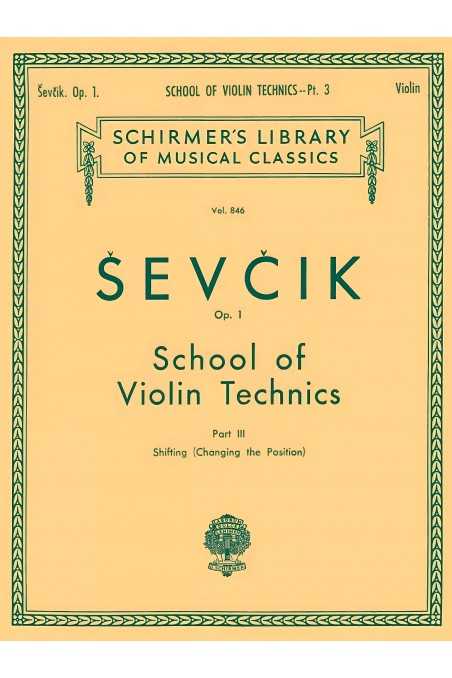
Sevcik, Op. 6 Part 1 For Violin
Since 1901, the works of Otakar Sevcik have been the foundation of various schools of string playing worldwide. Many players have found Sevcik's works to be of great value in their technical development. When practising Sevcik's exercises, there are four primary aspects to consider:
• Maintaining pure intonation.
• Ensuring evenness of tone.
• Achieving exactness of rhythm.
• Promoting physical freedom and ease.
Op. 6 Part 1 contains exercises in the First Position.










